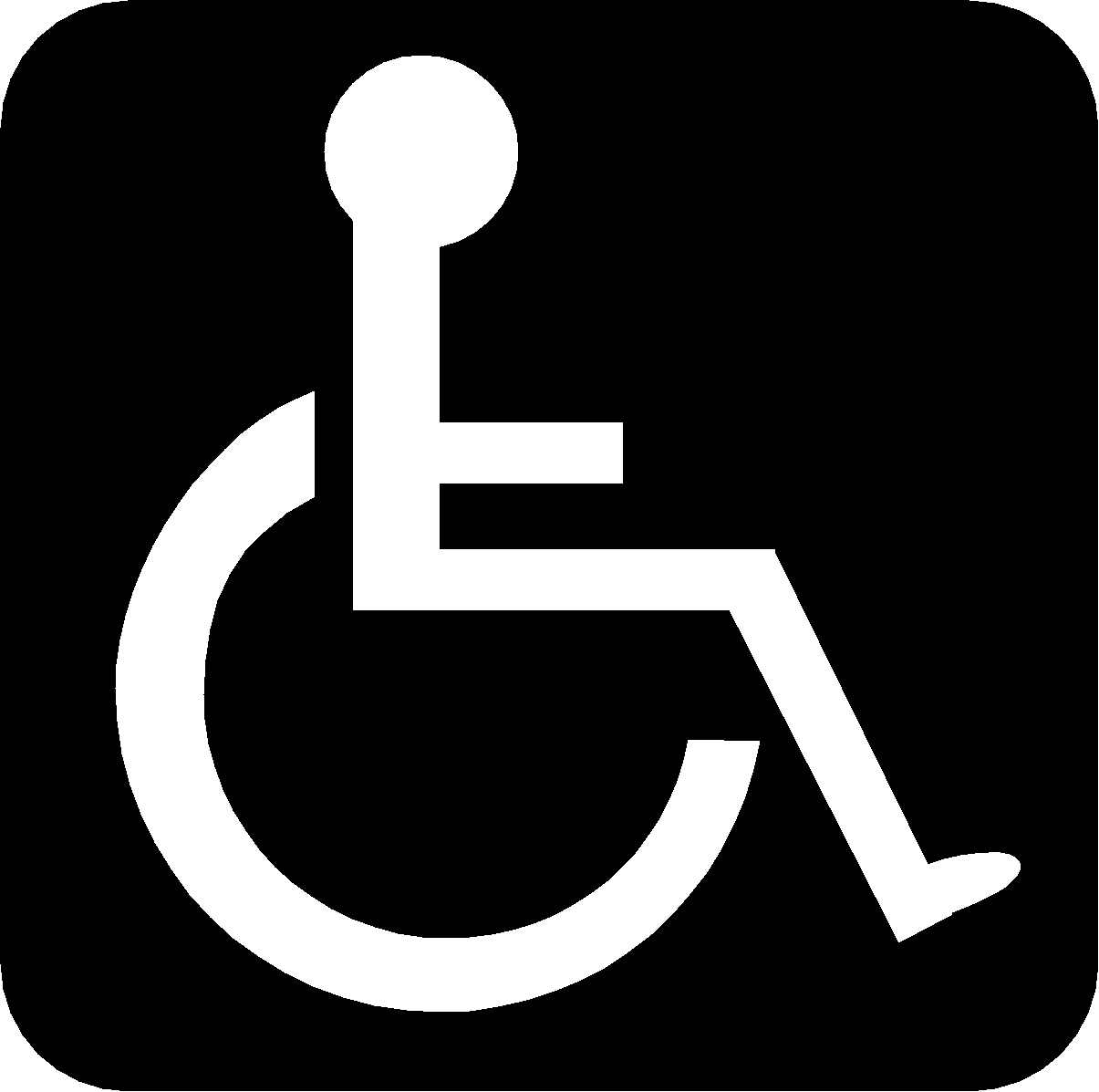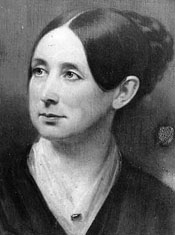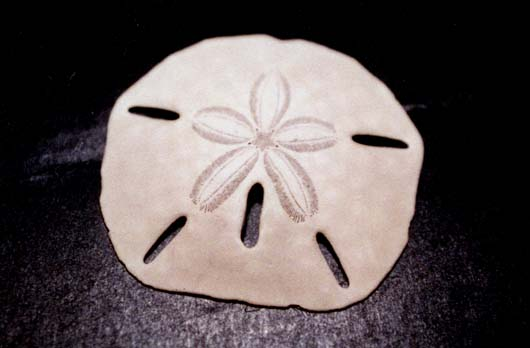|
|
UU Historical Society
web
Dorothea
Dix
EVERYONE IS SPECIAL.
WE HELP MAKE THE WORLD
BETTER FOR EVERYONE.
|
UNITARIAN
UNIVERSALIST ALPHABET
Please read the Overview
before using this Plan.
D d Letter
D introduces Dorothea Dix and appreciating people with differing
abilities.
MATERIALS: Construction paper Letter
D with hole punched in top, yarn for necklace
Dollar, sand dollar
Snacks—doughnuts/doughnut holes, dates
GETTING STARTED:
Welcome. After
each person says his or her name, the group responds, “Welcome,
(name).” For a child who is attending for the first time this
year, add name to the letters that have been posted and to the
attendance sheet, and make a nametag during or after the session.
Leave an empty seat for someone who is not here today or for someone
who has not joined the group yet.
The Letter of the
Day:
Talk about the Letter.
Give the Letter Necklace to a
person with that initial.
Talk about the things that the
children have brought for the Letter, and/or Letter Bag.
Put the things related to the
letter in the Special Place
SPECIAL PERSON: Dorothea Dix (April 4 1802-July 18,
1887)
Dorothea Dix was born
in Hampden, Maine, near Bangor. She lived in a small cabin and took
care of her two younger brothers. Her father was away much of the
time, sometimes preaching in small towns, and her mother was
frequently sick. When she was 12 years old, she left her family and
went to live with her grandmother and then with an aunt in
Massachusetts.
Dorothea was able to
get an education with her aunt. After she finished school, she
continued learning by going to hear people talk and by going to the
library to read. She taught school during the day, then opened a
school for children who were too poor to go to school. She called her
school "The Hope." She sometimes took care of the children
of William Ellery Channing, a famous Unitarian minister.
Dorothea
was teaching Sunday School in a jail for women. After the class, she
wanted to see how the people in jail were treated. She found some
women in a cold room. They had some problems or conditions that
needed special care. Dorothea was upset by the treatment the women
were receiving, so she went to the library to read whatever was
written about their care. Then she visited other jails in
Massachusetts. She wrote a report that was written by the
legislators, or the people who make the laws and decide how tax money
will be used. Her concerns were printed in the newspapers. Finally,
money was made available for treatment.
A story
about Dorothy tells how she was looking at a sand dollar one day. The
sand dollar is a small sea anima found on beaches. The design on the
shell looks like 5 tear drops. She thought of these as tears for the
sadness when people do not have enough to eat or clothing, or the
right care if they have special needs. But when the sand dollar is
opened after the animal has died, there are 5 small pieces of shell
that look like doves. For Dorothea, these doves were hope that all
of us can bring when we try to understand people’s needs and to
help meet those needs.
(Show a
picture of sand dollar, or real sand dollars. These were named for
the dollars that are coins used for money, rather than paper
dollars.)
AFFIRMATION We help make the world
better for everyone.
Dorothea was concerned about making sure
that people had their needs met. She realized that all of us have
different abilities.
All of us are different—which is a
D word, different. Some of us can jump far, some of us cannot, and
some cannot jump at all. Some people have difficulty or
trouble doing things that we usually just expect that everyone can
do.
Have children take on various problems for a brief
period, then talk about what we can do to help a person with a
particular problem. Examples:
Cover ears and try to hear what the
teacher says. (Help: Speak so that a person can see our lips
clearly. Do not need to shout. Talk about hearing aids and sign
language. Does the church have any way of helping people with
hearing problems, such as seating closer to the front available,
someone to sign the services, or special speaker system with aids?
THE LETTER D
AROUND THE CHURCH
Doors: Doors can be inviting or
intimidating. Discuss the concept of doors as keeping people out or
in. One of the hardest places for people to get through are doors or
doorways. Are there doors that the children cannot open? What does
it feel like not to be able to open a door?
Look at or talk about different doors in
the church. Which doors are open, and which are closed, when and why?
Disability symbol. Talk about the
sign for accessibility regarding entrances, parking areas, and ramps.
A-B-C
Animals: deer, dinosaur, dog,
dolphins, donkey, dragon, dragon fly, duck.
Dogs help people in special ways,
such as seeing eye and ear dogs (Information is available from
veterinarians and Animal Shelters.)
Body parts:
Calendar: December, day and date
Note the date of the session and any special
events for the day, including birthdays.
Note items beginning with that letter
Note events between today and the next session.
CLOSING: Gather around the Special Place where the
things related to the letter have been placed. " We give thanks
for the Letter D. We have shared and learned about special people
and animals and ourselves and our church. May we leave in love and
peace. Next week we will meet again. Our letter will be ____ and
our leader(s) will be ____________________." Make sure that
people take home things that need to go.
VARIATIONS FOR OLDER CHILDREN
Introduce material from the Accessibilities Committee
of the Unitarian Universalist Association (25 Beacon Street, Boston,
MA 02108, 617-742-2100, x 460), such as the pamphlet "What do I
say? What do I do?" Talk about and possibly have the group
reword the guidelines:
Show the person the same respect you wish for
yourself.
Talk directly to the person; don't speak only to
others who are with the person, as if the person is not there. (This
is similar to having someone ask the parent for the child's opinion
when the child can answer.)
Be aware of barriers -- buildings, attitudes and
communication -- that prevent people from full participation.
Ask the person the best way for you to help.
Understanding that a disability is a natural
part of human experience, and is not the same thing as being sick.
Focus on things you have in common rather than
on differences.
How do we talk about people? Regardless
of ability, focus on the person first, then list the trait, if
necessary. Such as:
Susan is a good athlete (rather than Susan is an
athletic person).
Susan has a hearing problem (rather than Susan
is hearing impaired).
Bobby is a child with special needs (rather than
Bobby is a special-needs child).
Jim has special talents (rather then Jim is a
gifted child).
Naming the person first focuses on the person, who
has specific attributes.
ADDITIONAL REFERENCES
That All May Worship: An Interfaith
Welcome to People With Disabilities, Ginny Thornburg, Editor,
National Organization on Disability, 1996.
Welcoming Children With Special
Needs: A Guidebook for Faith Communities, Sally Patton, UUA,
2004.
Women of Maine by Lee Agger, Guy
Gannett Publishing Co., 1982.
© Helen Zidowecki, 10/2007







